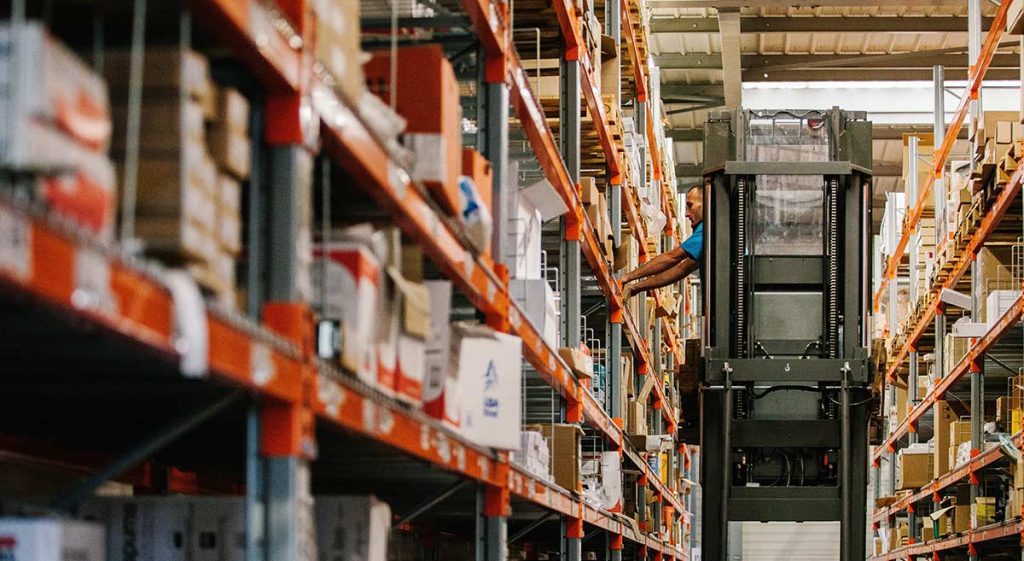
Inventory visibility clearly means knowing the inventory that you have in hand and where it’s located. This paves a way for a company like yours in monitoring order progress and anticipating unplanned events in the supply chain.
The link between inventory visibility and performance of a company
Let’s understand how inventory visibility is related to the performance of your organization, especially retailers. Inventory visibility is about showing your clients and company associates what you’ve got in stock. It’s about knowing exactly where and how you want your inventory to be for the right client who wants it. So how do you manage this inventory visibility? Do you have people manually updating all the information onto the systems?
Here’s presenting some of the major struggles for inventory invisibility in supply chains and their solutions:
Time-consuming, inaccuracy, redundant-processes
Manually tracking each inventory is a time-consuming and tedious process that costs a lot of money. This is true for a lot of operations that work with a complex supply chain where products are regularly shipped between different warehouses, distribution centres, and stores. This leads to wastage of man-hours, which is why most retail operations don’t even do it.
It is true that the first step of inventory visibility is to put information on the systems. This tells you the location of your stock. But inventory visibility goes beyond this. Let’s say now you want to know about your inventory at the distribution centre, or your inventory in displays, or the ones in the stock room, at a third-party logistics provider, or at the drop shipper, etc. How do you manage to know about all your inventory at one given point in time? You’re waiting for people to update all the information about your inventory into a system. This can take up a lot of time and effort from a lot of people and makes it harder for you to track your inventory on time.
With the advanced technology of Supplymint’s Auto Replenishment System (ARS) Module, a retailer can easily track its inventory present in different locations. It gives you a platform that automatically updates about your inventory in real-time. This not only helps in reducing costs on hiring manpower to do this job but also reduces the scope of errors to a bare minimum.
Predictability
An operation needs to get good at predicting inventory in order to be successful in managing order fulfilment. For this, a retailer needs details like how much of every product is needed over the course of a typical business cycle, when do you experience peak demand, when do you experience seasonality, etc. With Supplymint’s ARS, the solution has become way easy.
ARS constantly reconciles current inventory levels against expected demands. This allows for a smarter replenishment and allocation, with the least amount of stockouts and unplanned end-of-season sales.
The inefficient layout of warehouses
Inefficient warehouse layouts are as much a problem as lack of inventory oversight. For optimum use of resources, an organization needs an automated replenishment and allocation which fills the void for poorly planned warehousing layouts. This can ideally happen for an organization with the use of Supplymint’s ARS. This module helps in increasing the efficiency of your warehouse and leads to lower inventory carrying costs.
For any more updates in our modules and the latest technologies from the supply chain industry, stay connected with us on Facebook, Twitter, and LinkedIn.